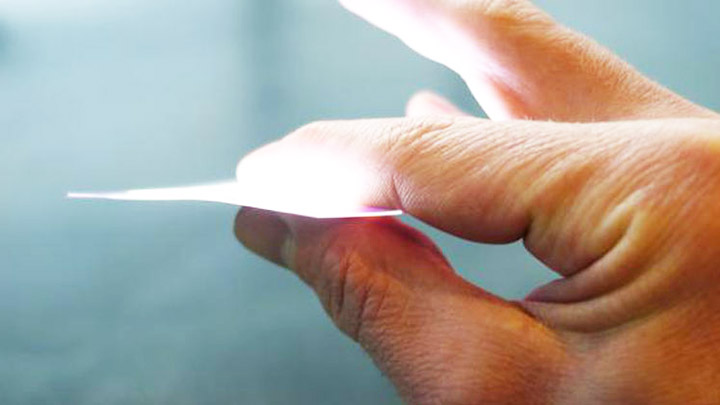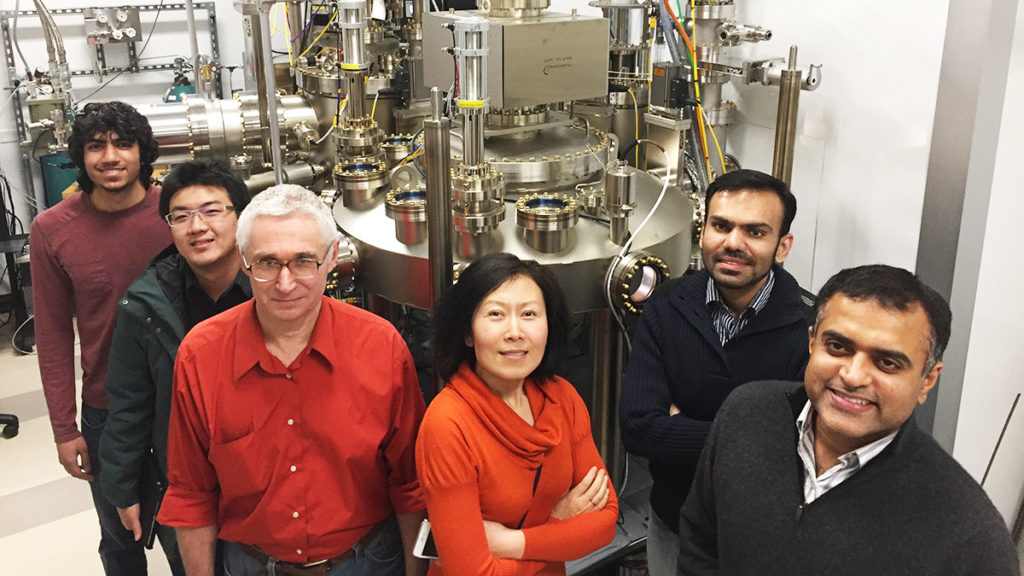LED Lighting Has Shown Faster Growth in Plants
The Biomass Production Laboratory at McGill University, is doing research in urban agriculture. Recent innovations with LED as a plant energy source, has brought about this new area of research. Compared to conventional lighting techniques when growing tomatoes, an arrangement of red and blue lights has proven to increase growth, improve morphology, and suppress plant pathogens.

Urban Barns Foods Inc., an innovative food producer dedicated to growing consistent, healthy and fresh vegetables year round using its proprietary Cubic Farming method, does research and development (R&D) activities at McGill University.
The Biomass Production Laboratory at McGill University, with support from Urban Barns, is doing research in urban agriculture. Recent innovations with LED as a plant energy source, has brought about this new area of research. LED lighting systems have the capability to control wavelengths emitted. This allows for research on the impact of different spectral wavelength combinations on plant growth and development. Compared to conventional lighting techniques when growing tomatoes, an arrangement of red and blue lights has proven to increase growth, improve morphology, and suppress plant pathogens.
Dr. Lefsrud with support from an industry partner, Urban Barns, was awarded a NSERC research grant to develop improved LED lighting systems for their indoor Cubic Farming facility. The Cubic Farming model consists of rotating troughs on which various species are grown, using controlled temperature, humidity, irrigation, and lighting. Results show significantly faster growth than with conventional lighting systems.
“Once implemented at a large scale, this project has the potential to provide high yields of nutritious, sustainable, fresh and locally grown food year-round, regardless of regional climate,” Dr. Lefsrud stated.
Research at Macdonald Campus Bioresource Engineering Department has published numerous LED scientific papers, putting the department at the forefront of this quickly evolving industry. This research has observed the concentration of carotene and other phytochemicals in the growth cycle of plants, and how plant production of these antioxidants may be increased using LEDs. Specifically, the research has been focused on the impact of red, blue and amber LEDs to increase production and nutritional values.
Dr Lefsrud states that “We have been very surprised by the increase in anthocyanin levels in lettuce with small changes in the ratio of red, blue and amber LEDs.” However as Dr Lefsrud explains, “Not all plants exhibit the same response to these LED wavelengths and research is continuing in the laboratory.”
Benefiting from the Biomass Production Laboratory expertise, the Urban Barns facility in Mirabel, Quebec opened in June 2014 and has begun selling pesticide and GMO-free lettuce to clients in Quebec and Ontario. A Cubic Farming research unit has been assembled on the McGill MacDonald Campus to aid in measuring photosynthetic efficiency of horticultural plants and further developing LED technology.





